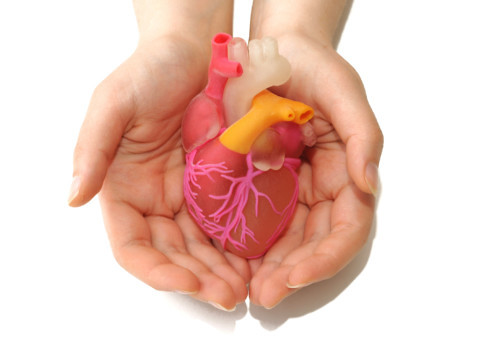
Imagine this: your kidneys fail and doctors say you need a transplant as soon as possible. There’s no time to wait for a donor, so they take some of your cells and 3D print a perfectly matched new one for you. Now you have a new working kidney and nobody had to lose one. This sounds like science fiction now but may very well become reality sooner than we think. We’ve had 3D printers for a while and they’ve done some incredible things. But for the past couple decades, healthcare professionals have created and tested a new kind of 3D printer that can generate fully functioning body parts. It’s called bioprinting.
Normal 3D printers work by having a digital blueprint of a three-dimensional object. It then takes your chosen material, such as plastic, ceramic, or metal, and slowly heats it through a nozzle as it moves in all directions to make layers that eventually fuse together to create a solid item. Many 3D printers have been used to make jewelry, toys, prototypes, and more. Bioprinting is similar, except the material that it prints is living cells. Samples of cells from the required body part are taken from the patient and then cultivated until there are enough to load into the printer like biological ink. If necessary, it could also use stem cells, which can develop into different kinds of body cells. The printer can then generate an exact copy of the tissue using the patient’s CT scan or MRI as a blueprint. Bone, skin, blood vessels, cartilage, and internal organs are all capable of 3D bioprinting. If this becomes standard, duplicate samples of living tissue could be printed to use for cosmetic and drug testing, thereby eliminating the risk of harming patients.
Organovo in San Diego made the world’s first commercial 3D bioprinter in 2014, called the NovoGen MMX. They’ve partnered with medical institutions and universities worldwide to bring a new dimension to the field. So far, they have printed human liver tissue and successfully transplanted it into mice, which have the same proportion, structure, and function of human organs.
Wake Forest University also spent a decade inventing its own bioprinter, called the Integrated Tissue and Organ Printing System (ITOP). Unlike Organovo, the ITOP uses a mix of living cells and biodegradable materials. They printed a baby-sized ear and implanted it under the skin of a mouse. Eventually, blood vessels and cartilage grew inside the ear and stayed alive. They also printed a jaw and tested it inside a rat. After five months, the jaw successfully formed bone tissue. These experiments have proven the possibility that printed living tissue can replace damaged tissue in humans.
Many other institutions worldwide have experimented with 3D bioprinting and it is slowly becoming a valuable tool for surgery. In 2013, a two-year-old girl who was born without a trachea received a 3D printed transplant. Surgeons used stem cells from her bone marrow and printed a tube that connected her mouth to her lungs. She could breathe on her own within one month. She was the youngest person ever to receive this type of surgery and the first in the United States.
3D bioprinting is an accelerating phenomenon that could bring about a new era to medical history. The human body has a complex set of cells and tissues, and creating new ones from a computer is still a long way away, but we may see bioprinting within our lifetimes. It could save the life of a loved one.
